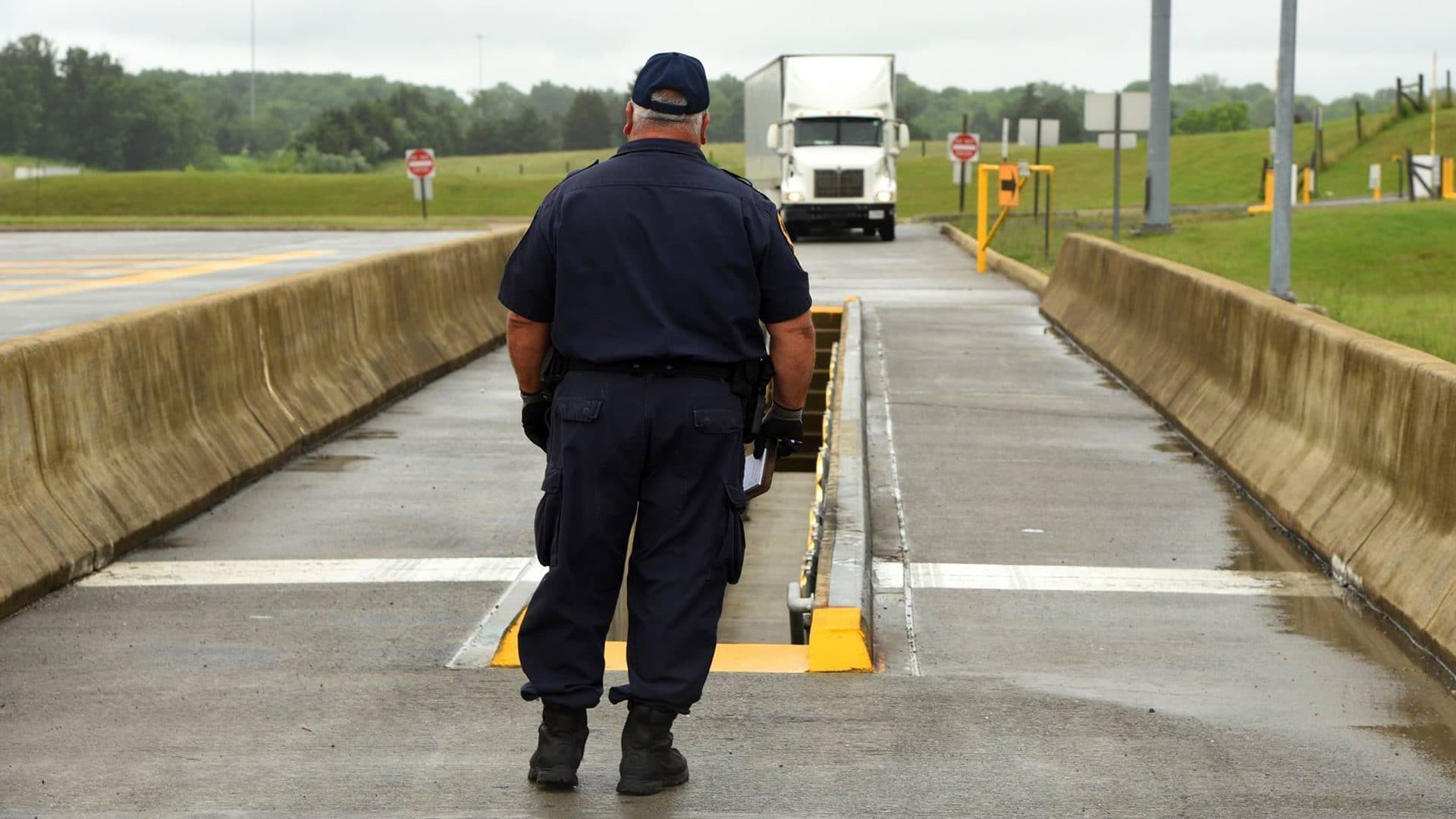Brake Safety Week Tips from Bendix


Source: Bendix Commercial Vehicles announcement
AVON, Ohio – In trucking as in life, there’s no substitute for being prepared – whether it’s the next load, storm, or inspection. And inspections are top of mind right now in the North American commercial vehicle industry, as one of the biggest touchpoints on the calendar is approaching: Brake Safety Week, happening August 21-27.
The annual weeklong event run by the Commercial Vehicle Safety Alliance (CVSA) examines vehicles across the United States, Canada, and Mexico. The team at Bendix Commercial Vehicle Systems LLC offers suggestions on getting ready.
“During last year’s CVSA Brake Safety Week, 12 percent of the 35,764 vehicles inspected were placed out of service for brake-related issues,” said Fred Andersky, Bendix director – demos, sales, and service training. “So many aspects of safe vehicle operation are directly impacted by what goes on at the wheel-ends and in the braking system that you really can’t overstate the importance of keeping up with maintenance and inspection of those areas.
“From stopping power to the performance of higher-level technologies like collision mitigation, everything is linked to how well the brakes and wheel-ends perform when they’re needed. That’s why these inspections matter so much, and why Bendix puts the word out with practical tips for being prepared and staying safe.”
Brake Safety Week is part of CVSA’s Operation Airbrake initiative, an outreach and enforcement campaign that aims to reduce the number of highway crashes caused by faulty brake systems on commercial motor vehicles.
The event involves local, state, provincial, territorial, and federal motor carrier safety officials in the United States, Canada, and Mexico inspecting large trucks and buses, focusing on brake system violations.
What to Expect
Brake Safety Week roadside inspectors conduct North American Standard Inspections, which cover a range of driver qualifications, documentation, and vehicle equipment conditions. They’ll be checking for:
• Missing, nonfunctioning, loose, contaminated, or cracked parts
• Holes caused by rust and through rubbing or friction
• Broken springs in the spring brake housing section of the parking brake
• Air leaks around brake components and lines
• Air pressure in the target range of 90-100 psi
• Slack adjusters not at the same length
• Mismatched air chamber sizes across axles
• Warning device functionality (such as antilock braking system indicator lights)
Inspectors will also look for brake hose and tubing chafing violations – the focus of this year’s Brake Safety Week.
To view the entire announcement, click HERE.





